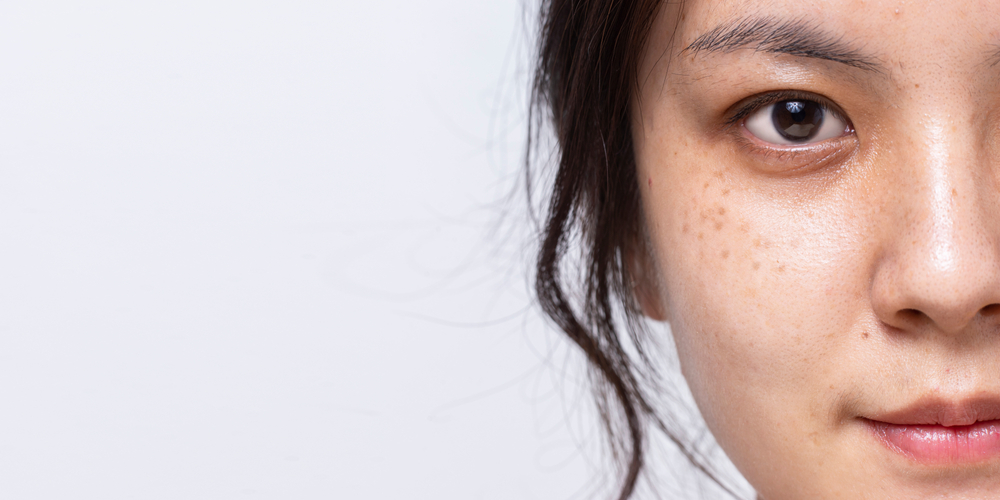Freckles are small, flat, brownish spots on the skin that occur in people of all ethnicities. While often considered a charming trait, they are a source of scientific curiosity.
Freckles, and skin pigmentation in general, are influenced by complex genetic factors. Let’s explore the mysteries behind freckles and the genetics of skin pigmentation differences.
The Melanin Connection: A Key Element
Melanin, a pigment produced by cells called melanocytes, plays a vital role in determining skin colour. There are two types of melanin: eumelanin, responsible for brown and black shades, and pheomelanin, responsible for yellow and red shades. The balance and distribution of these melanins influence the overall skin tone and the occurrence of freckles.
MC1R: A Crucial Gene for Freckles
The melanocortin 1 receptor (MC1R) gene is one of the primary genes associated with freckles and skin pigmentation. This gene affects the type of melanin produced by melanocytes. When the MC1R gene functions normally, eumelanin production is favoured. However, when certain gene variants are present, pheomelanin production increases, leading to lighter skin and freckles.
Freckles and Ethnicity: A Complex Relationship
Although freckles can occur in people of any ethnicity, they are more common among individuals of European descent, particularly those with Celtic heritage. This prevalence can be attributed to the higher frequency of MC1R gene variants in these populations. About 80% of red-haired individuals, who often possess these gene variants, have freckles.
However, this trait is exclusive to Europeans. Some Asian, African, and other populations also exhibit freckling, although at lower rates. This variation suggests that other genetic factors may be involved in the formation of these spots.
The Role of Environmental Factors
In addition to genetics, environmental factors play a significant role in the development of freckles. Sun exposure, in particular, can influence their appearance. Ultraviolet (UV) radiation from the sun stimulates melanocytes to produce more melanin, which can lead to the formation of freckles in genetically predisposed individuals. As a result, freckles tend to be more pronounced in sun-exposed areas and during summer months.
Skin Pigmentation and Health Implications
Understanding the genetics of skin pigmentation is not only fascinating but also has potential health implications. For example, individuals with fair skin and freckles are at a higher risk of developing skin cancer due to the increased production of pheomelanin, which offers less protection against UV radiation. Awareness of these risks can help people make informed decisions about sun exposure and skin care.
Conclusion: A Complex Interplay of Genetics and Environment
Such skin pigmentation differences result from a complex interplay of genetics and environmental factors. The MC1R gene is a primary determinant, influencing melanin production and predisposing certain individuals to freckles. Environmental factors, such as sun exposure, also play a crucial role in its formation. Understanding these factors can help us appreciate the beauty and diversity of human skin, as well as inform decisions about skin health and sun protection.














